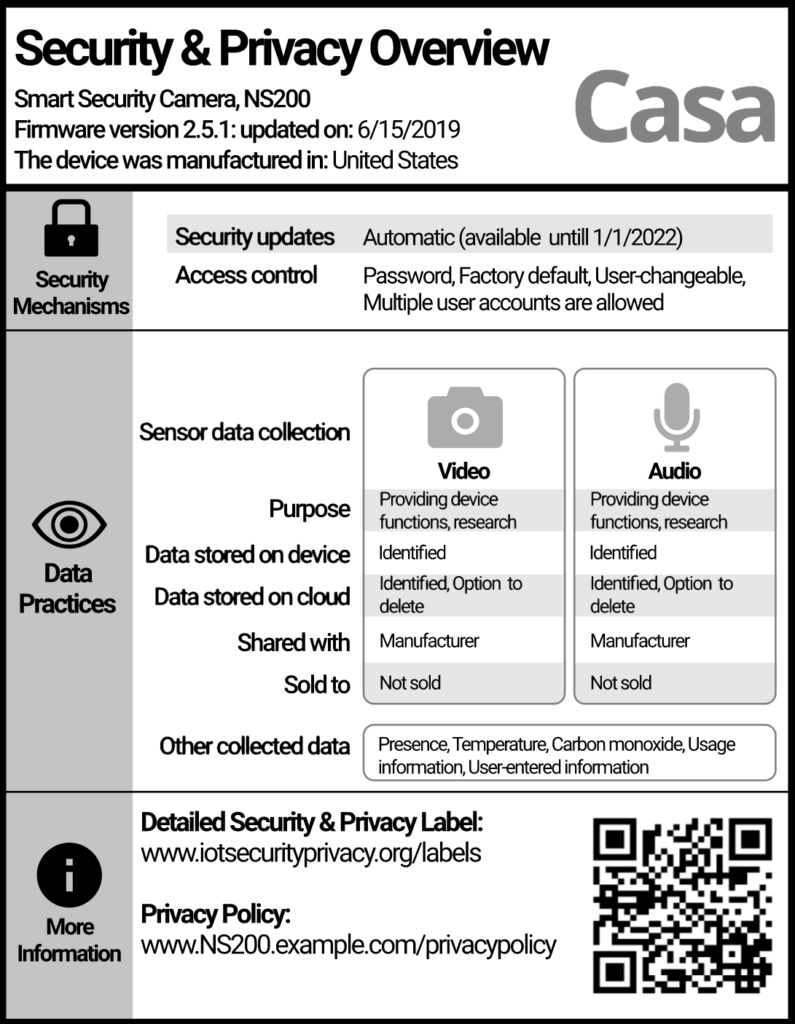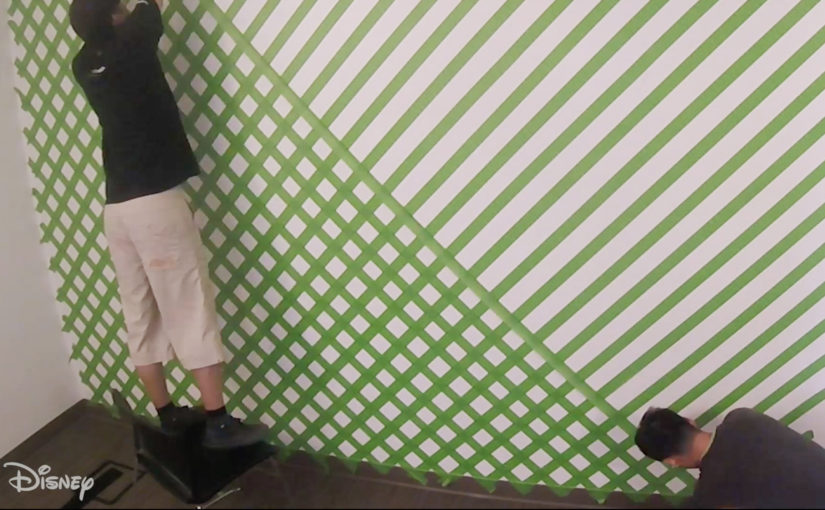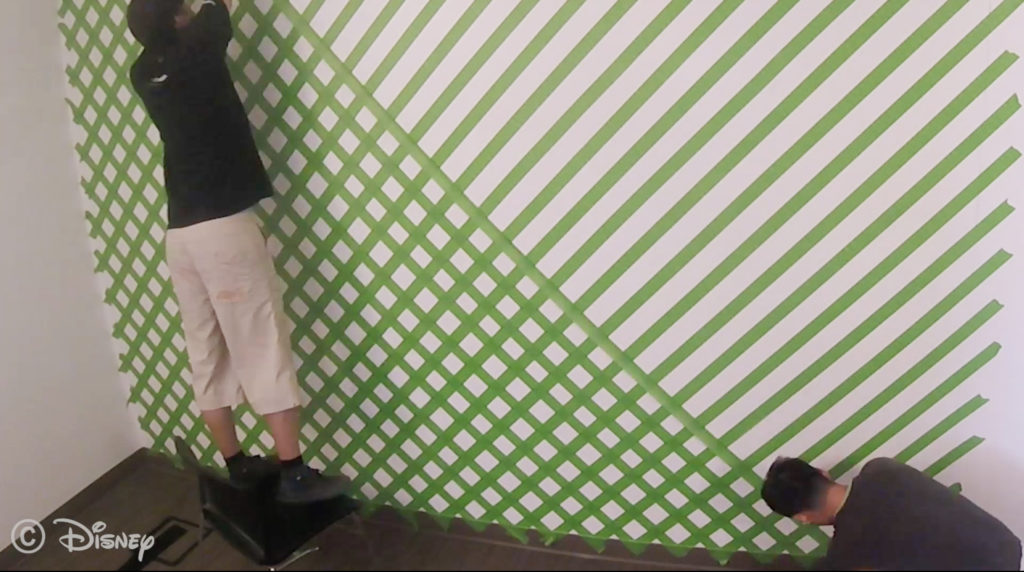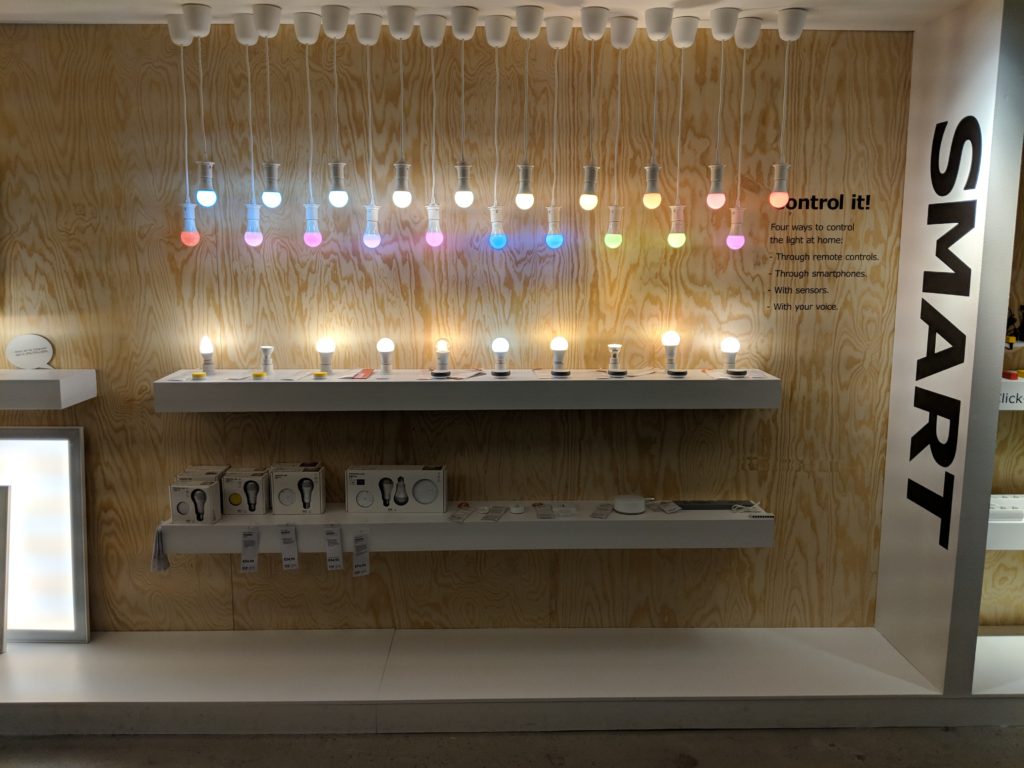This week’s show kicks off with a discussion about Carnegie Mellon’s research into detecting people’s movements through walls using Wi-Fi. As part of the discussion we also talk about the use of stick figures to protect privacy and how little trust consumers have in companies when it comes to the use of their data. That lack of trust might explain why so few consumers connect their smart appliances, or perhaps it’s simply because appliance makers don’t offer consumers a good reason. We then share the results of our audience survey about how y’all create routines. Most of y’all (86%) use a hub rather than the device application. Reliability and funding for Memfault, a startup helping companies build more reliable connected devices, is the next topic of conversation, which also features a funny smart lock failure from a fellow smart home reporter. In smaller news, we talk about a security camera which will use the new Wi-Fi HaLOW standard, Google asking for opinions on Google Home, and new security settings to view Nest camera feeds. We also discuss Apple’s revamp of its botched HomeKit architecture update, and Kevin’s experience using the Apple AirPods Pro 2nd gen earbuds as a hearable device. Finally, we answer a listener question about how to set up a light or smart speaker notification to attract attention when an important person calls.

Our guest this week is Matt Rogers, the co-founder and CEO of Mill, a startup using a connected kitchen bin to fight food waste. We talk about the problem of food waste and who will pay $33 a month for the bin and concurrent service. Rogers also explains the math behind the service, and talks about why he chose to use a subscription model to fund the business. He also tells me why this isn’t a composting device, since it’s designed to keep food in the food system, and explains why that is so important. Finally, he shares how challenging it was to build a hardware startup during the pandemic. It’s a fun chat.
Hosts: Stacey Higginbotham and Kevin Tofel
Guest: Matt Rogers, co-founder and CEO of Mill
Sponsor: Akenza
- Researchers use Wi-Fi to track movement through walls
- Half of us don’t connect our smart appliances
- Maybe you don’t need hearing aids just yet?
- Why Matt Rogers went from smart thermostats to fighting food waste
- Rogers tried to keep manufacturing during the pandemic local
Podcast: Play in new window | Download | Embed
Subscribe: RSS





